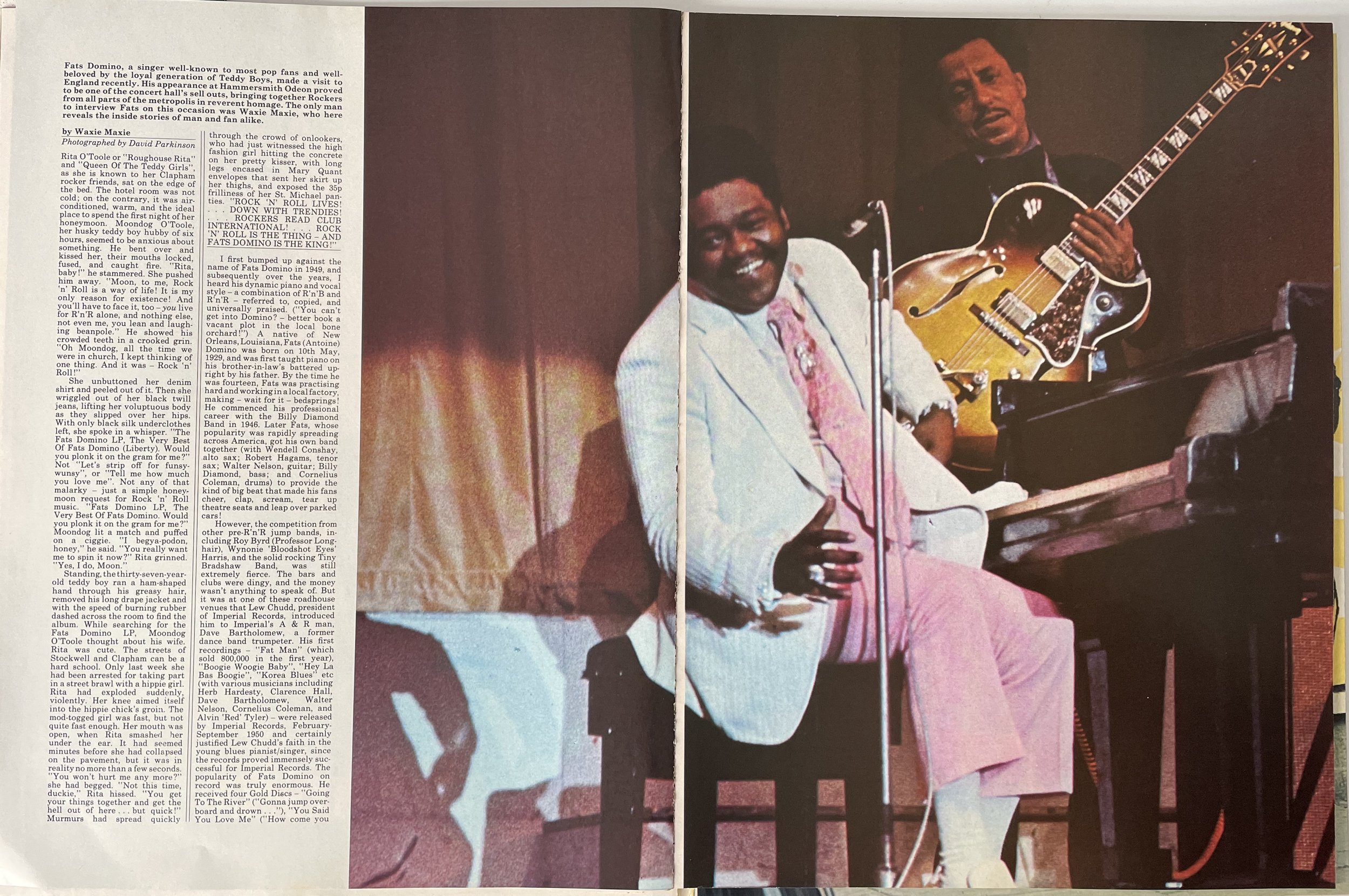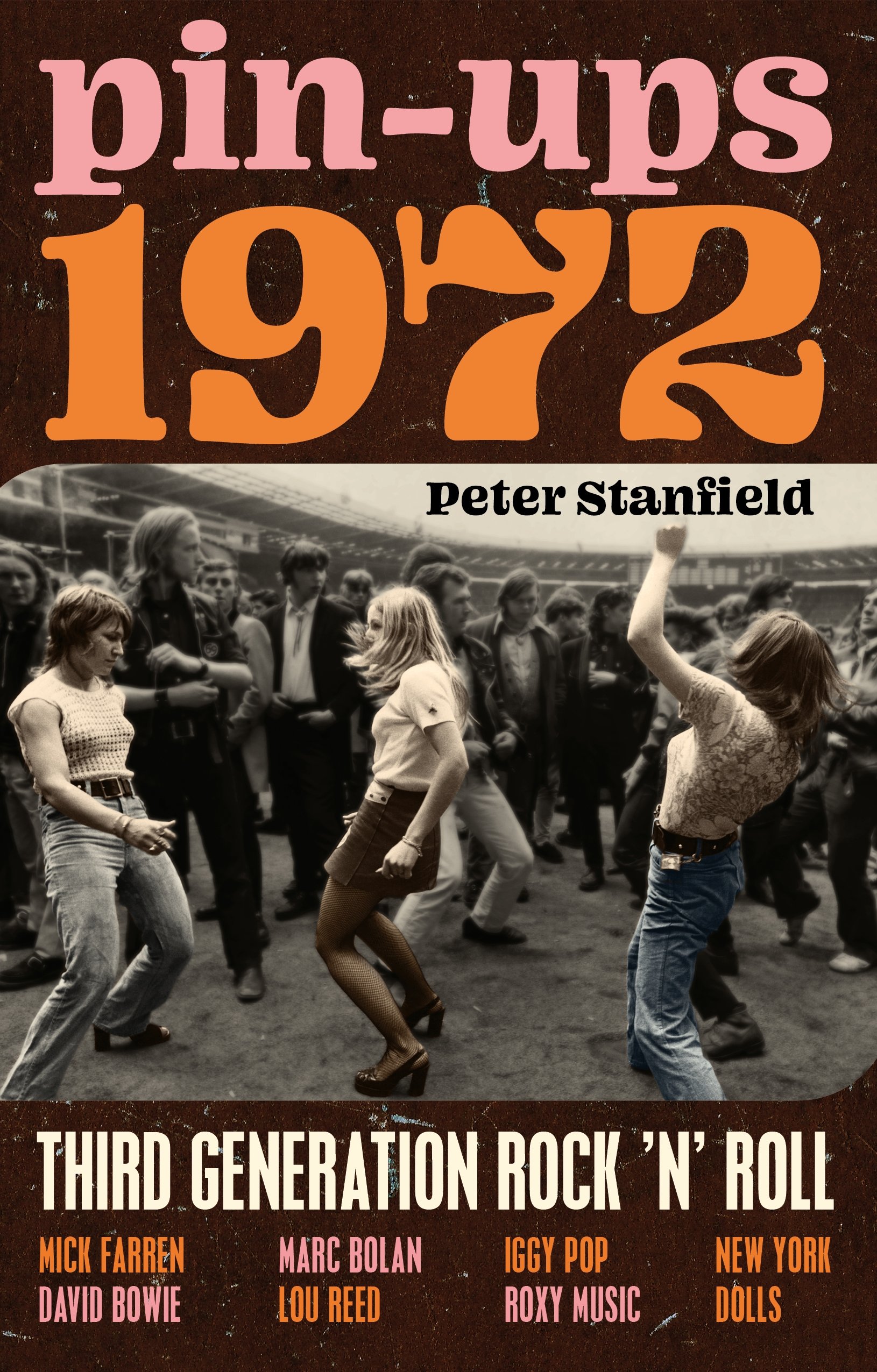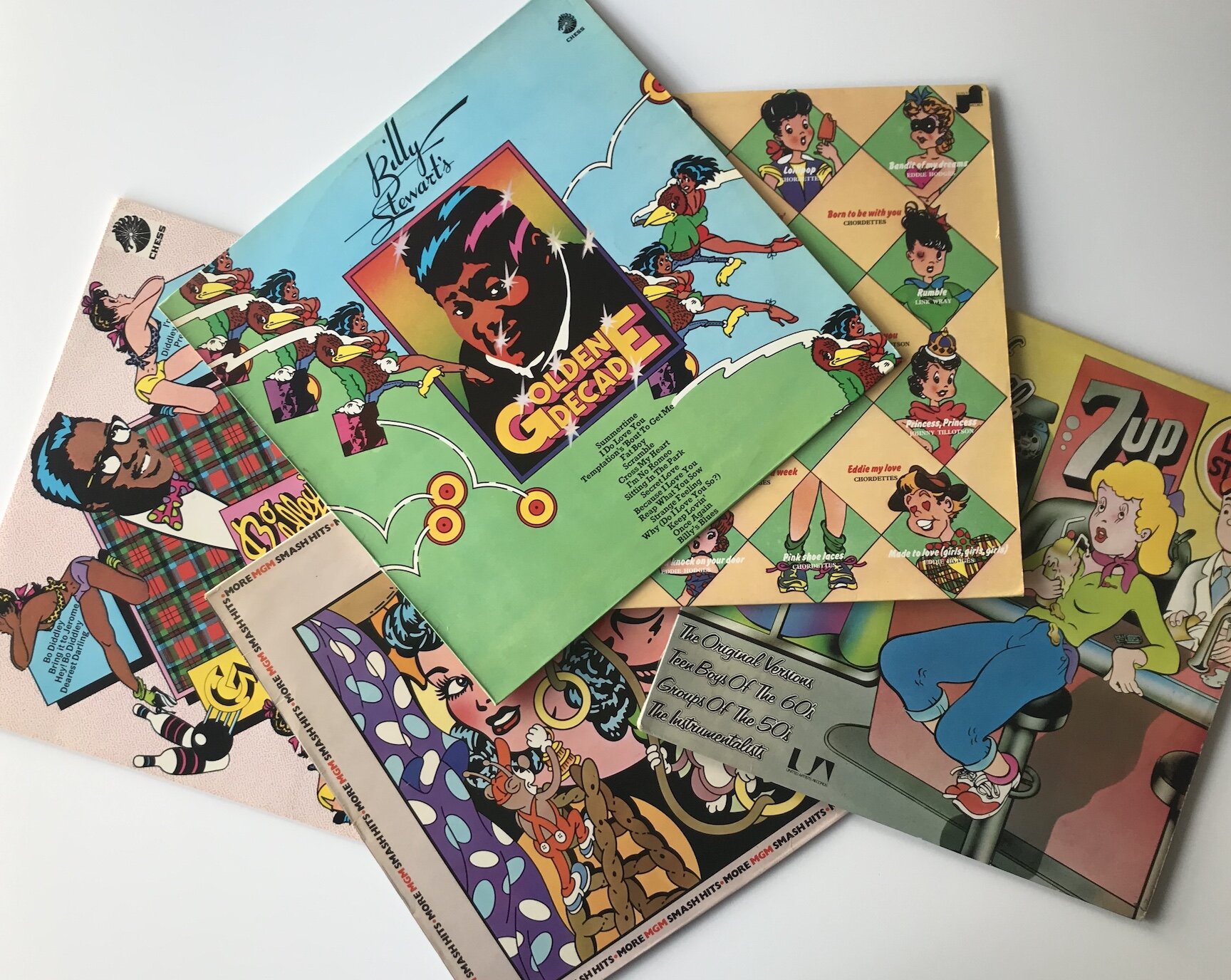Paul Gorman’s biography of Malcolm McLaren is a thing of wonder, monumental in size and scope; a definitive account of the man. I burned through its 800-odd pages but paid especial attention to the King’s Road years. His account of Let It Rock and McLaren’s amour fou with Teddy Boy rock ’n’ roll is without parallel, a brilliant encapsulation of the 70’s resurrection shuffle.
His story of McLaren’s interaction with the New York Dolls is also the most authoritative that we have and are likely to get. In Sylvain Sylvain’s memoir he claimed to have first met McLaren in New York in 1971, bought clothes from him and Westwood when they were staying at the Chelsea Hotel. He’s emphatic that their paths first crossed in the spring of that year. He chides others who said it must have been the summer of 1973, he gives his evidence, which all sounds reasonable enough. But as Gorman makes clear in a footnote, that Spring 1971 date is impossible because McLaren was still a student at Goldsmiths and Westwood was still a teacher. Who you gonna believe? Well, not Sylvain who later writes about the halcyon days of 1972, when the Dolls were conquering Manhattan, that he has ‘no idea today of the chronology, if indeed I ever did.’
Even if he spends too much time disputing song writing credits and contesting who was responsible for what, Sylvain’s autobiography is a funfair ride, a pleasure to read, but he is an unreliable witness. That said, Arthur ‘Killer’ Kane is even worse. For all its undoubted charm, his memoir is full of misremembered events, half-recalled occurrences, forgetfulness and simple errors. None of which is surprising as Arthur was pretty much out of it throughout the band’s whole existence. His is a story of an alcoholic stumbling from one blackout to another, from one bad hangover to next, from a desperate and ever on-going search for a bottle and oblivion. His time in the Dolls reads like a nightmare, a delirium tremens. The bitterness he feels towards his management team (and toward Johansen) is palpable at times, he fumes away at being left to deal with things on his own, yet they could hardly take responsibility for his addictions, his acts of self-destruction.
Kane’s time spent in England recording demos in Kent, playing support to the Faces at Wembley and Billy Doll’s sad demise in a bath tub in SW7 is little more than a drunk’s set of impressions, albeit a compelling read. When not recording or travelling to one cancelled gig or barely remembered show, the Dolls hung out at the Speakeasy. One night, the band rouse themselves to get up on its stage and bang out a couple of numbers. A drunk loudly and boorishly heckles them: ‘He kept screaming and cursing at us as we tried to finish one of our songs. He was loud, totally obnoxious, and completely distracting’. The rowdy is Mick Farren.
I couldn’t recall if Farren had mentioned the incident in his memoir, Give the Anarchist A Cigarette, but it’s my favourite autobiography of the 60s and 70s scene, so I was happy to return to it and perform a little detective work. In the past I’ve probably given it too much credence when it comes to questions of fact and veracity, but I know better now. I already knew that Farren had misremembered some things, such as reporting that Lou Reed and Iggy and the Stooges played together on the same night’s bill at the King’s Cross Cinema in July 1972, but that sort of error is easily forgivable – amphetamine psychosis, or too much to drink, or even just the passing of time, can collapse two shows into one, especially when they were only 24 hours apart. But, on the following page, he loses not a day but a whole year, a good 12 months. There’s no mention of his harassment of the Dolls at the Speakeasy, but he was there to watch them at Wembley:
The Dolls set was interesting is so far as bass player Arthur Kane was dressed as a ballerina, but they had very obviously never played to an audience of more than 300 and were lost in front of 13,000 Faces fans in the cavernous and echoing auditorium.
Never mind, because a few days later they are playing Biba’s Rainbow Room and making a lot more sense: ‘They had clearly returned to the Deviants’ ethic that rock ’n’ roll should not be the exclusive preserve of virtuoso players.’ You can’t argue with that, or at least I wouldn’t, but the Dolls played Wembley on 29th October 1972 and Biba’s on 26th and 27th November 1973.
If you want to know what happened and McLaren was involved, you can trust Paul Gorman, and if you want a great read about how pop culture shifted and changed across the course of McLaren’s 30 odd years of stirring it up then I can think of no better guide either.

















